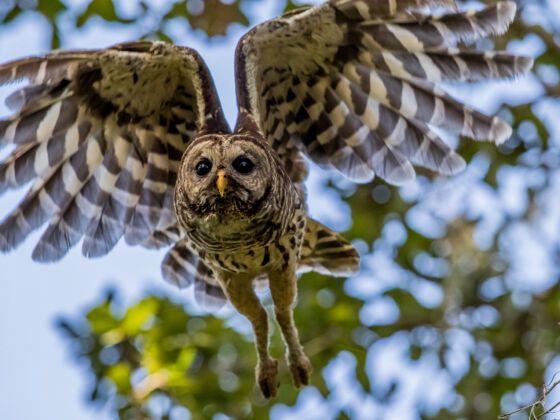Clothing
Earth-toned clothing is best. Birds have a highly-developed sensitivity to color, as evidenced by females choosing brightly-colored mates. This means that brightly-colored clothes are visible to birds. Shoes should be comfortable, closed-toed, and waterproof depending on your conditions.
Birdwatching doesn’t exactly require much physical exertion; in fact, it requires stillness. Therefore, dress warmly.
During the winter, wear thin or fingerless gloves that keep your hands warm but still enable your fingers to operate the focus wheel on your binoculars.
But don’t wear ear muffs—much of birdwatching is listening for songs.
